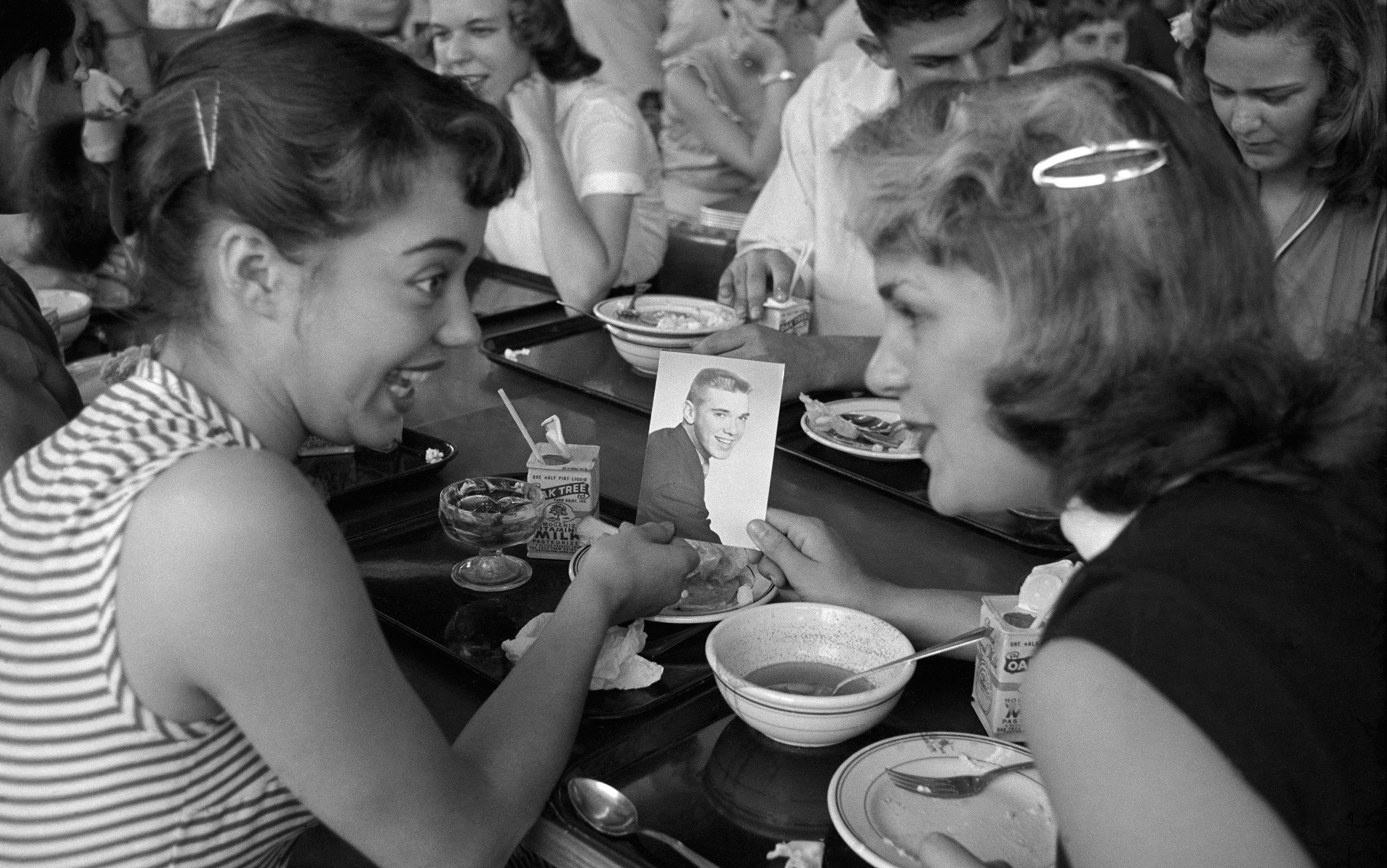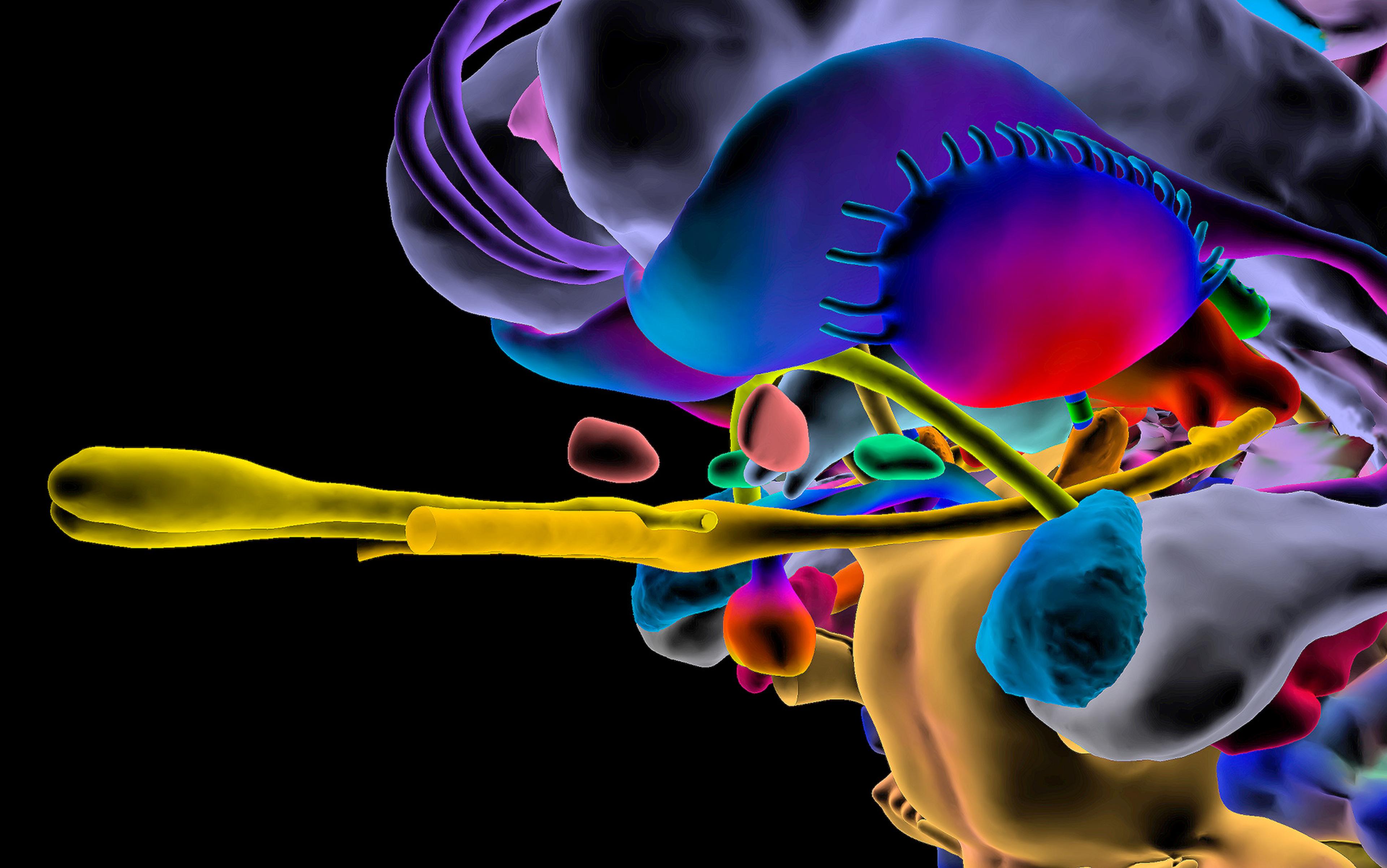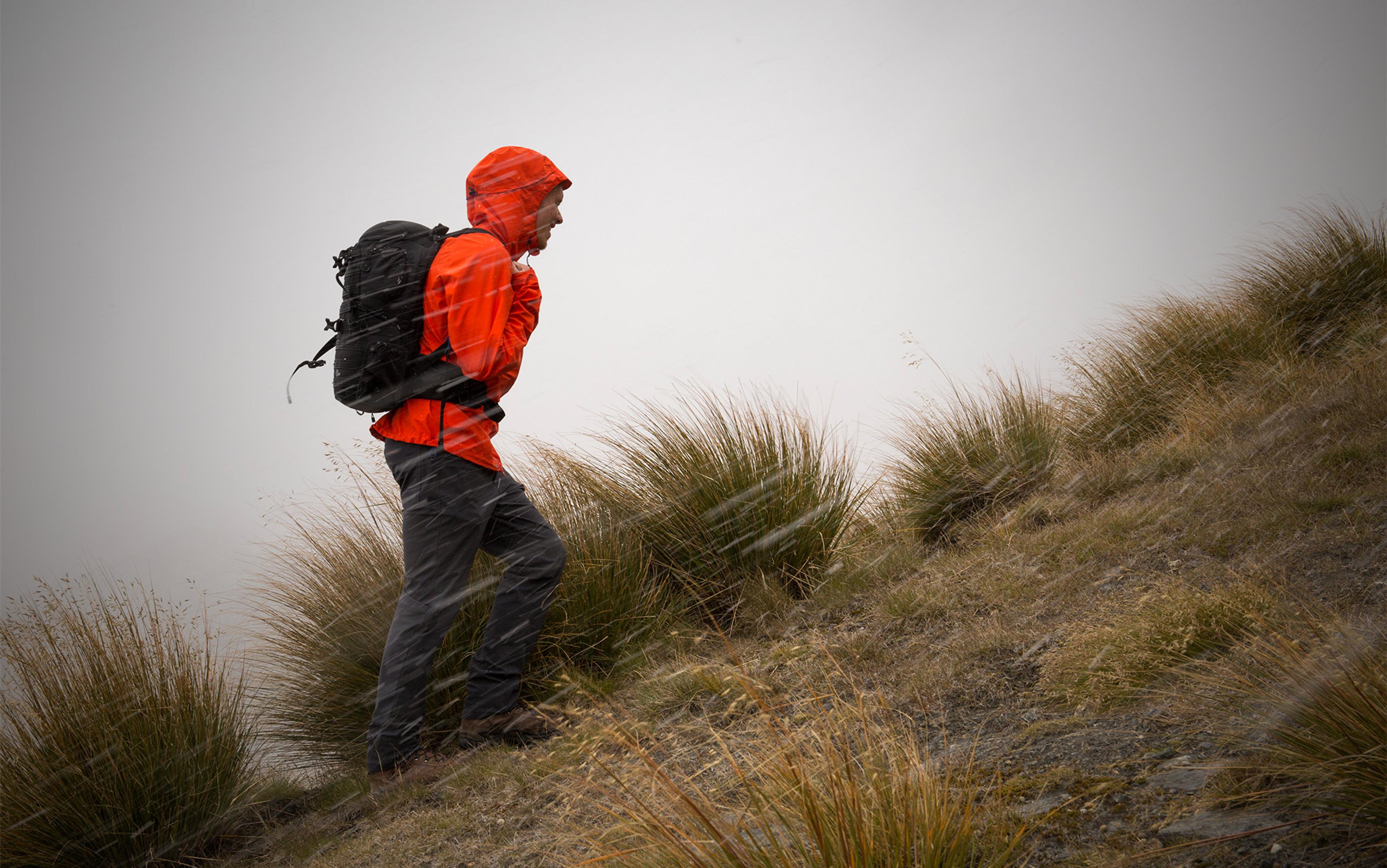Do you believe that positive thinking can help you achieve your goals? Many people today do. Pop psychology and the $12 billion self-help industry reinforce a widespread belief that positive thinking can improve our moods and lead to beneficial life changes. In her book The Secret Daily Teachings (2008), the self-help author Rhonda Byrne suggested that: ‘Whatever big thing you are asking for, consider having the celebration now as though you have received it.’
Yet research in psychology reveals a more complicated picture. Indulging in undirected positive flights of fancy isn’t always in our interest. Positive thinking can make us feel better in the short term, but over the long term it saps our motivation, preventing us from achieving our wishes and goals, and leaving us feeling frustrated, stymied and stuck. If we really want to move ahead in our lives, engage with the world and feel energised, we need to go beyond positive thinking and connect as well with the obstacles that stand in our way. By bringing our dreams into contact with reality, we can unleash our greatest energies and make the most progress in our lives.
Now, you might wonder if positive thinking is really as harmful as I’m suggesting. In fact, it is. In a number of studies over two decades, my colleagues and I have discovered a powerful link between positive thinking and poor performance. In one study, we asked college students who had a crush on someone from afar to tell us how likely they would be to strike up a relationship with that person. Then we asked them to complete some open-ended scenarios related to dating. ‘You are at a party,’ one scenario read. ‘While you are talking to [your crush], you see a girl/boy, whom you believe [your crush] might like, come into the room. As she/he approaches the two of you, you imagine…’
Some of the students completed the scenarios by spinning a tale of romantic success. ‘The two of us leave the party, everyone watches, especially the other girl.’ Others offered negative fantasies about love thwarted: ‘My crush and the other girl begin to converse about things which I know nothing. They seem to be much more comfortable with each other than he and I….’
We checked back with the students after five months to see if they had initiated a relationship with their crush. The more students had engaged in positive fantasies about the future, the less likely they were actually to have started up a romantic relationship.
My colleagues and I performed such studies with participants in a number of demographic groups, in different countries, and with a range of personal wishes, including health goals, academic and professional goals, and relationship goals. Consistently, we found a correlation between positive fantasies and poor performance. The more that people ‘think positive’ and imagine themselves achieving their goals, the less they actually achieve.
Positive thinking impedes performance because it relaxes us and drains the energy we need to take action. After having participants in one study positively fantasise about the future for as little as a few minutes, we observed declines in systolic blood pressure, a standard measure of a person’s energy level. These declines were significant: whereas smoking a cigarette will typically raise a person’s blood pressure by five or 10 points, engaging in positive fantasies lowers it by about half as much.
Such relaxation occurs because positive fantasies fool our minds into thinking that we’ve already achieved our goals – what psychologists call ‘mental attainment’. We achieve our goals virtually and thus feel less need to take action in the real world. As a result, we don’t do what it takes to actually succeed in achieving our goals. In multiple experiments, we found that people who positively fantasise about the future don’t, in fact, work as hard as those with more negative, questioning or factual thoughts, and this leaves them to struggle with poorer performance.
Given the relationship between positive thinking and declines in performance, does positive thinking increase a person’s chance of depression? My colleagues and I suspected as much. Researchers have shown that poor performance can give rise to symptoms of depression. In addition, psychologists have theorised that people who become depressed begin to see things in a distorted way, obsessing over negative stimuli and perceiving otherwise neutral elements in a negative way, too. Stress can trigger these cognitive biases, which otherwise lie dormant in our minds. And discovering that you have failed at achieving a goal might be all the stress you need to start seeing life in a gloomier way, thus hastening depression.
To probe the connection between positive thinking and depression, we conducted a series of studies involving adults and children. In one study, we asked 88 American undergraduates to complete a dozen open-ended scenarios, imagining themselves as the protagonists. ‘You’re working on an important project,’ one scenario read. ‘You know that you cannot meet the deadline and you have asked your client for an extension. You know that it is likely that he will grant you one… Today your client will let you know about his decision.’ Participants were asked to imagine themselves waiting in their office for the client to call, and then to write down their thoughts and rate them for perceived positivity or negativity. We also assessed the students’ current depression level using an established questionnaire called the Center for Epidemiological Studies Depression Scale.
Finally, we had the students return a month later to fill out more scenarios and undergo a second evaluation for depression. We found that the more positively the students fantasised, the less depressed they were upon initial evaluation, yet the more depressed they were a month later.
We suspected that positive thinking reduced the likelihood of depression in the moment, but increased the chances of it occurring over a longer period. To test that hypothesis, we conducted a similar study among schoolchildren, only this time we checked back after seven months. Once again, we found a correlation between positive fantasies and greater long-term levels of depression.
We wondered whether in fact poor performance was leading to these greater, longer-term depression levels, so we designed another study to find out. At the beginning of an academic semester, we had 148 college students complete similar scenarios, and we assessed them for depression. Two months later, toward the end of the semester, the students answered questions concerning their study efforts, and they filled out the depression questionnaire a second time. In addition, students told us how many hours per week they had spent preparing for class since their past exam, how hard they felt they had been studying, and whether they had done extra credit work for their class. We also recorded their official course grades for midterm and final exams.
We achieve our goals in our minds, and thus feel good in the moment. Over time, though, we put in less effort. Reality has a way of catching up to us
As we expected, the more that students fantasised about the future in positive ways, the less well they did at school. We also found statistical relationships between poor academic performance, low effort and high levels of depression. The worse the students did, the more depressed they were, to a significant extent because they weren’t trying as hard.
Other studies have found that patients who attempt suicide and who indulge in positive fantasies about themselves initially think less about suicide but over time have a greater chance of repeating the attempt. And older people who envisioned happier futures for themselves actually wound up less happy. By envisioning an idealised future, these participants might not have prepared themselves for the potential hardships of getting older.
To be clear, our reported research doesn’t show that positive fantasies cause long-term depression, only that a link or correlation exists between dreaming about the future and a gloomier, more depressed mood. Still, a causal relationship is certainly plausible. You might also wonder why participants in these studies initially didn’t see higher depression levels, but were more depressed over time. If positive thinking corresponds to depression, why didn’t that relationship emerge the very moment someone dreamed about achieving a wish? The answer might be that we initially experience positive fantasies as quite pleasurable. We achieve our goals in our minds, and thus feel good in the moment, happier, more upbeat. Over time, though, we put in less effort and see disappointing outcomes, and as a result our views change and we become more depressed. Reality has a way of catching up to us.
You might wonder what to do or say if your friend is down in the dumps, or if you’re feeling sad, depleted, moody – depressed. If you’re thinking about telling them to ‘buck up’, ‘look on the bright side’, or ‘think positive’, as so many self-help gurus advise, you might be helping them in the moment while doing them a disservice over the long-term.
But if positive thinking isn’t the best solution, then what is? The answer, I’ve discovered, is to combine dreams and reality – to bring positive thinking up against a visualisation of the challenges that stand in our way.
During the early 1990s, when my first studies were showing that ‘thinking positive’ actually impedes people from realising their wishes, I felt disappointed. I had started out on this line of research because I wanted to help people and make a positive difference in their lives. I started to puzzle over what way of thinking might indeed allow people to remain energised, engaged and moving ahead in their lives. Recognising that positive thinking tended to relax people, I wondered if there was some way that we could mobilise these dreams about the future to do something else – empower people. I suspected that combining positive fantasies with thoughts about the realities in their path might do the trick. If we could ground positive fantasies in reality, perhaps we could negate the soothing, lulling quality of these fantasies and stir people to action.
In a number of studies, my colleagues and I found that such ‘mental contrasting’, as we called it, did in fact serve to motivate people and enhance their performance. In one study, we asked 168 female university students in Germany to indicate their most important wish or concern dealing with relationships, and also to rate how likely they thought they were to achieve this wish. Each of these students then wrote down positive outcomes associated with fulfilling the wish (for instance, having more time for each other or being loved), as well as four negative obstacles connected with something impeding the wish’s realisation (being too shy or having too much work).
We divided the students into four groups, asking those in only one group to mentally contrast. Those students fantasised about the most positive outcome that would arise if their wish came true, then about a critical obstacle preventing them from realising their wish. For each outcome and obstacle, they jotted down their thoughts.
Students in the second group fantasised only about the most positive outcomes, while students in the third group fantasised only about critical obstacles. A fourth group ‘reverse contrasted’: they performed an exercise with content identical to mental contrasting, but that first started with an obstacle and then imagined the positive outcome.
People with realistic goals apply more effort and perform better, and people with unrealistic goals pull back
Two weeks after the experiments, we queried students about what they had actually done to realise their wishes. The results were intriguing. I had expected that students who had performed mental contrasting would have received a boost and taken more action. Some of them did – the ones whose goals or wishes were realistic or attainable. Those in the mental-contrasting group whose wishes weren’t realistic or attainable significantly reduced the amount of effort they applied. In short, mental contrasting allowed people to direct more energy toward goals they had a chance of achieving, and pull back from unrealistic goals. The result was a wiser application of energy overall. Students heeding unrealistic goals could redirect their energy to other, more reasonable pursuits. Mental contrasting resulted in more people pursuing promising goals more vigorously.
Since that initial study, my colleagues and I have performed a number of experiments probing the link between mental contrasting and achievement. We looked at all sorts of goals and pursuits, including learning a foreign language, doing well in mathematics, succeeding in business negotiations, making more effective decisions, kicking cigarette habits, exercising more, and giving help in workplace settings. In all of these cases, we found the same pattern: obstacles led people with realistic goals to apply more effort and perform better, and people with unrealistic goals to pull back. Across many areas of life, mental contrasting seemed to be a beneficial way of regulating the effort we put in so that we stay in the game and succeed.
Why did mental contrasting work so well? As further research documented, the technique works on our minds in subtle, non-conscious ways to push us toward feasible wishes and away from unfeasible wishes. Mental contrasting enhances our awareness of obstacles in our path. It also strengthens cognitive links between the future and obstacles, as well as between obstacles and what we need to do to overcome them. All of this primes us to tackle obstacles that seem possible to overcome, and to shrink away from obstacles that we believe are insurmountable.
Mental contrasting also energises us so that we can conquer critical obstacles in our path. The extra energy shows up as rises in systolic blood pressure as well as participants’ reports about feeling energised. Finally, mental contrasting helps us process negative feedback, form constructive plans for taking action, and protects our sense of competence in the face of negative feedback, so long as our goals are realistic. We move headlong toward our objectives. If our goals aren’t realistic, it causes us to detach from them, leaving us free to direct our energies towards other, more realistic endeavours.
Yet other cognitive strategies enhance the effects of mental contrasting. The psychologist Peter M Gollwitzer and his colleagues at New York University have used a strategy called ‘implementation intentions’, in which people form plans about future action using ‘if-then’ statements: ‘If I face situation X, then I will perform goal-directed response Y.’ A person trying to lose weight might say: ‘If it’s late at night and I feel a sudden craving for chocolate, then I will eat an apple or an orange instead.’ A person trying to stay calm during a job search might craft a statement such as: ‘If I’m in a job interview and I start to freak out, then I will remind myself that I’m competent in what I do.’
Many studies have shown that people who make these kinds of plans perform better. In one study, women who wanted to exercise more spent more time walking; in another, people who felt embarrassed about going to therapy were more likely to attend their first therapy appointment.
Our research group combined this strategy with mental contrasting into a four-step mental exercise that people can apply in their everyday lives. My colleagues and I called this exercise WOOP – Wish, Outcome, Obstacle, Plan. Defining the Wish and identifying and visualising the desired Outcome and Obstacle are the mental contrasting part; forming implementation intentions represent the final step: the Plan. The exercise is simple and short, requiring as little as five or 10 minutes to complete. It can be done on your own at home, at work, in a crowded subway – anywhere.
Let’s say that you’re preparing for a job interview that you’re excited about. You’re not very comfortable in interview situations, and you really want to impress your interviewer and get the job. First you formulate your wish: ‘I want my interviewer to be impressed by my credentials, my charisma, my knowledge of the industry, and my passion for the work.’ Then you visualise the positive outcome, allowing images to float freely into and out of your mind. You think of yourself connecting with your interviewer, relaxing, joking around a little, calmly describing who you are and why you want the job. You think of your interviewer paying attention and laughing at the right moments. And you think of her signalling on the way out how happy she was to meet you and how right she feels you are for the organisation.
Children did better at school, middle-aged women ate better, couples forgave one another more easily – all because of WOOP
Then you identify the obstacle in your path: your own nervousness in interview situations, the difficulty you feel you sometimes have representing yourself well. You let your mind wander, imagining this difficulty. You think about other times when you’ve been extremely nervous before an interview, sometimes not doing as well as you might have. You ask yourself what caused the nervousness, and you might think of times when you have felt overshadowed by others, when you didn’t feel smart enough. Perhaps you think of disappointing grades you received on exams, or a previous interviewer who expressed doubts about your ability, or a colleague who more recently seemed uninterested in points you were making during a conversation. You think of a cocktail party you attended where you described some nuances of your work to a fellow guest, and she took issue with what you were saying. You realise now that the obstacle ultimately is your lack of self-confidence about your ideas, and now you vividly imagine this lack of self-confidence.
Now you formulate your plan. Based on the insight you gleaned into your obstacle, you might say something like: ‘If I start to feel lack of confidence during the speech, then I will remind myself that I am smart enough and know more about my subject than anyone else present.’
Of course, you don’t have to limit WOOP to professional wishes. Over the past decade, we have tested the method in people harbouring a variety of wishes and found that it helped them achieve more than either mental contrasting or implementation intentions alone. In one study, we found that WOOP helped low-income mothers attending a vocational programme manage their time better. In other studies, children did better at school, middle-aged women ate better and exercised more regularly, stroke patients lost weight and moved around more, couples communicated better about difficult subjects and forgave one another more easily – all because of WOOP.
These were not minor improvements. In our study of women seeking to eat better and exercise more, we found that those who had performed WOOP were exercising twice as much right after the intervention and four months later than participants in the control group. After two years, they were eating one serving a day more of fruit and vegetables. That’s a powerful difference, without the need for costly interventions like therapy, training or medication.
Given WOOP’s success, we wondered if it would help people suffering from mild to moderate depression. People with depression often suffer from a lack of motivation and energy. They become uninterested in everyday pursuits and lacklustre in their effort. They become dour, sad and unable to experience life’s pleasures. But motivation and energy are the precise things that WOOP boosts when it comes to feasible goals or wishes.
We took out a newspaper ad seeking people suffering from depression and willing to try a new, helpful technique. We ultimately divided 47 mildly or moderately depressed participants into two groups. Each participant chose an important, achievable goal: ‘I would like to become more physically active by engaging in one of my favourite activities,’ for instance, or ‘Instead of negative thinking and ruminating, I would like to develop positive thoughts about my perception of myself, the world and the future.’
In the first group, participants performed the WOOP exercise: visualising outcome and obstacle, and then forming an if-then plan. After three weeks, we checked in with the participants and asked if they’d achieved their goal. We again measured the severity of their depression.
In line with our hypothesis, about 80 per cent of the participants trained in WOOP achieved their goals, as opposed to just over 30 per cent of participants in the control group. That’s a big difference! In effect, WOOP helped ease the lack of motivation that is a key symptom of depression. We haven’t yet found a significant difference in depression levels between people who performed WOOP and the control group, but that might well be because the study’s three-week window was not long enough for a reduction in depression to take place. As the study suggests, people might engage more in life and get more done, simply by performing this short and simple mental exercise.
Find your inner obstacle and then let the images about its occurrence flow freely through your mind
If you suffer from depression, WOOP might help you become more energised, engaged and successful in your life. Performing WOOP is a process of discovery, and it is enjoyable, so why not give it a try? In a quiet and relaxing space, formulate a wish about the future. Close your eyes and spend a few minutes visualising your wish’s fulfilment, and all the happiness that it might entail. Perhaps it is getting a promotion at work, and enjoying accolades from friends and family, as well as a salary bump that allows for a better lifestyle. Perhaps it is convincing an attractive person to enter into a romantic relationship with you, and all of the wonderful experiences the two of you will have together. Let your mind visualise and indulge in all of the possibilities.
Now comes the more challenging part. What obstacle in you prevents you from fulfilling this objective? Look inward and be honest with yourself – leave behind your excuses. Are you willing to put in the gruelling hours necessary for such a promotion at work? Do you have the courage to ask an attractive and accomplished person to be your partner? This search for the critical obstacle can be an emotionally fraught part of the process, because we infrequently choose to confront unpleasant experiences so directly and honestly. Still, find your inner obstacle and then let the images about its occurrence flow freely through your mind.
Finally, formulate an if-then plan. For instance: ‘If I feel insecure around my significant others, then I will remind myself of all the things that make me a likeable person’, or ‘If I am offered dessert after 6pm on a weeknight, then I will reach for a piece of fruit instead.’
And that’s it. Go about your day, and let WOOP work its magic. Try WOOP as much as you like, with many different kinds of wishes or goals. Before too long, you’ll likely see yourself making progress in many areas of your life. If you’ve been depressed, you’ll see yourself recovering some of your old energy and vigour. And the more you do WOOP, the easier and quicker it becomes. Soon you might find yourself WOOPing in odd hours, while waiting in line at the supermarket, or before your go to bed at night.
WOOP isn’t a miracle cure for depression, and it also isn’t a replacement for positive thinking. Rather, use both WOOP and purely positive thinking, depending on the situation and your needs. If you’re in a crisis situation and you need a quick boost, fantasise about an enticing, fulfilling future. But don’t just do that. To make longer-term progress, be sure to also bring your dreams in contact with reality. Before you know it, you just might feel more entranced by life again, from your daily work and your time spent with friends to the magnificent blossoms on dogwood trees during the springtime.
For more information on this research and on WOOP, see Gabriele Oettingen’s Rethinking Positive Thinking (2014).






